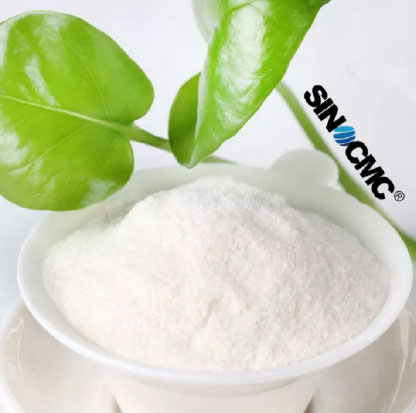Sodium Carboxymethyl Cellulose, often called as Sodium CMC or CMC, is odorless, tasteless and non-toxic powder, granule or fibrous solid with white or yellowish colour. Due to its excellent properties of thickening, dispersing, film forming, colloid protection and water protection, it has been widely used as thickener, stabilizer and emulsifier in food industry nowadays. Some people are concerned about the safety of CMC for human consumption. We will discuss this issue in the following article.

Sodium CMC is a kind of water-soluble cellulose ether obtained by chemical modification of natural cellulose. At present, the United Nations Food and Agriculture Organization (FAO) and the World Health Organization (WHO) have officially called it “modified cellulose”. The main raw materials for CMC production are refined cotton, chloroacetic acid and caustic soda. Although chloroacetic acid is highly toxic, the alkali in the reaction is excessive, so there is no residue. In addition, the high concentration of ethyl alcohol in the production process used as solvent and the high temperature treatment will not cause microbial contamination. FAO and WHO have approved the use of pure CMC in food products, which is approved after very rigorous biological, toxicological studies and tests. The international standard safe intake (ADI) is 25mg/(kg.d), that is, approximately 1.5 g/d per person. It has been reported that some people have tested intake up to 10 kg without any toxic effects.
In conclusion, CMC with standard safe intake used in food industry is safe for human consumption. It has been used in bakery, yogurt, sauce, sausage, meatball, drinks, candy, ice cream, etc. If you have are interested in food grade CMC, please feel free to contact SINOCMC team. We can provide CMC with various viscosity and degree of substitution.
SINOCMC TEAM
